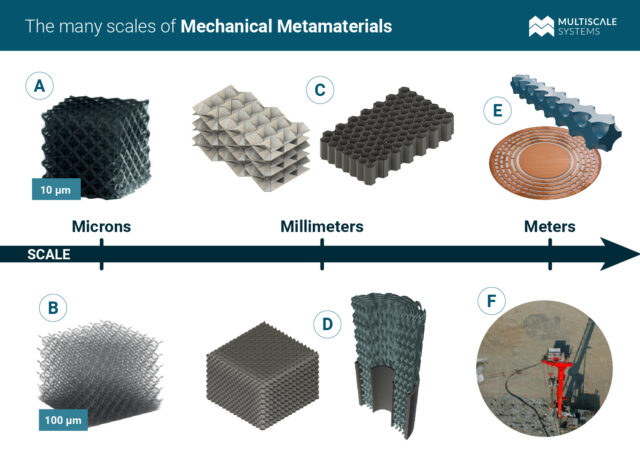Mechanical Metamaterials: From Fundamentals to Futuristic Applications

About Course
Welcome to the world of mechanical metamaterials—a revolutionary class of materials that bend the rules of physics and engineering. These are not your conventional materials. Mechanical metamaterials can stretch like rubber and resist compression like steel, guide waves like water through channels, and even cloak objects from seismic or acoustic detection. In this course, you’ll unravel the secrets behind these materials and explore how cutting-edge design, simulation, and fabrication techniques are shaping everything from noise-cancelling buildings and shock-absorbing armor to artistic installations and space-age technologies.
Blending theory with application, art with science, and the natural world with advanced computation, this course is an interdisciplinary journey that takes you from the microscopic world of unit cells to global innovations in aerospace, architecture, defense, and beyond. You’ll gain insights into the historical evolution of metamaterials, learn about the role of AI in metamaterial discovery, and explore how nanotechnology, additive manufacturing, and biomimicry are pushing the boundaries of what’s possible. Whether you’re an engineer, designer, researcher, or simply a curious mind, this course opens doors to one of the most fascinating and futuristic areas of modern science.
Course Content
Chapter 1: Introduction to Mechanical Metamaterials
What are metamaterials?
00:00Historical evolution of metamaterials in engineering
00:00Key properties and advantages of mechanical metamaterials
00:00Classification of mechanical metamaterials based on structures and properties
00:00